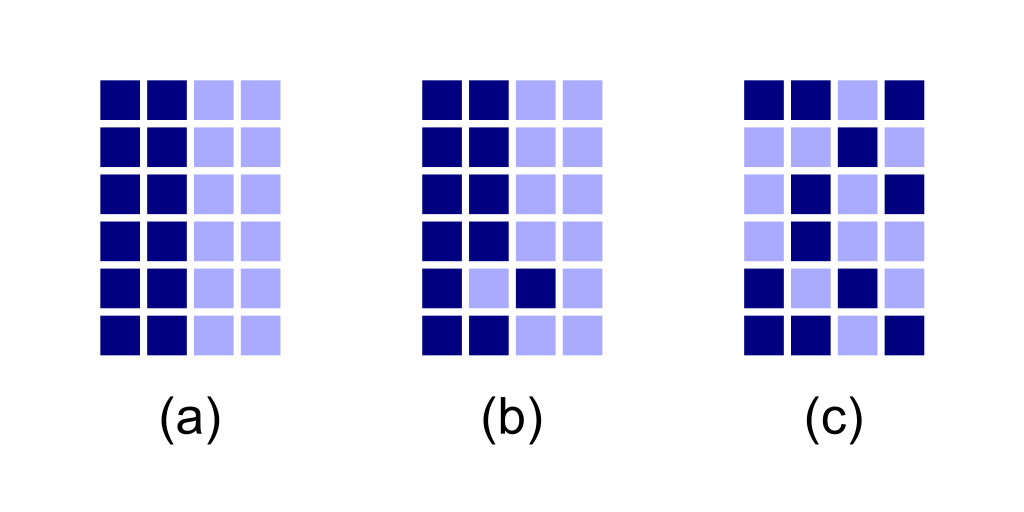The Entropy of Translation: A Theory
2023-04-01 ☼ translating ☼ blog

Every translation is an act of resistance against entropy: the irreversible slide from order to disorder, imbalance to equilibrium, warmth to cold.
The warmest words are those that communicate the most information. These are the most descriptive and evocative words in a language, where the range of connotations narrows. There is more meaning compressed into a word like “saunter”, “stride”, or “trudge” than in “walk”, which needs to be reinforced with supplementary adverbs or adjectives in order to convey the same degree of precision. In technical terms, “stride” is a hyponym of “walk”; “move” is the opposite, a colder, more generic hypernym of “walk”.
Only rarely will a translator stumble across a perfect pair of language-straddling synonyms. When the target language does not have a precise equivalent for a particular word or phrase, a translator must decide whether to reach for a hyponym or a hypernym, to move up or down a notch on the thermometer. Moving up means making an assumption about the text, adding extra detail that the original does not specify; in other words, it is an act of interpretation, which means it can be disputed. If the verb in the original text was “walk”, then what entitles the translator to decide upon “stride”? Moving down the scale is the safer choice: it insulates the translator from any possible accusations of inaccuracy, of misreading the original text. But we pay a price for this defensive approach. Cumulatively, all these accurate decisions at the micro level introduce a new kind of inaccuracy at the macro level, by lowering the overall temperature of the text, reducing its vitality. This is the entropy of translation.
In ”Seeking Hajar: Decolonising Translation of Classical Arabic Texts”, Sofia Rehman invokes José Ortega y Gasset, describing how he “cautions against translators excluding themselves from the circle of those permitted to adopt a creative approach to language.” I’ve been thinking specifically about the function of intuition as a component of creativity that we neglect if we think about translation as an entirely rational exercise. In Bird by Bird, Anne Lamott talks about “listening to your broccoli”:
You get your intuition back when you make space for it, when you stop the chattering of the rational mind. The rational mind doesn’t nourish you. You assume that it gives you the truth, because the rational mind is the golden calf that this culture worships, but this is not true. Rationality squeezes out much that is rich and juicy and fascinating.
Translation is an act of creativity, and creativity requires us to make intuitive leaps as well as rational steps. As readers, if we want to read translations that are rich and juicy and fascinating, we must ensure that we make space for intuition. Otherwise, we will eventually succumb to entropy, to the inevitable drift towards bland language, pale imagery, and the ultimate heat death of literature.